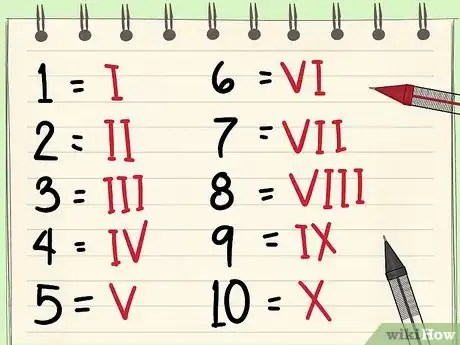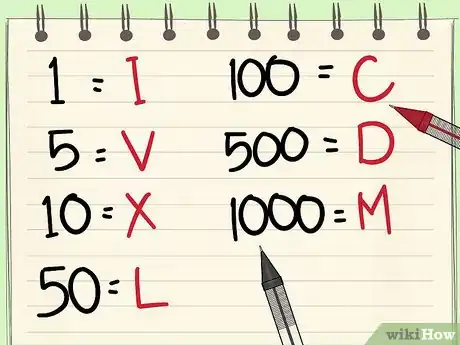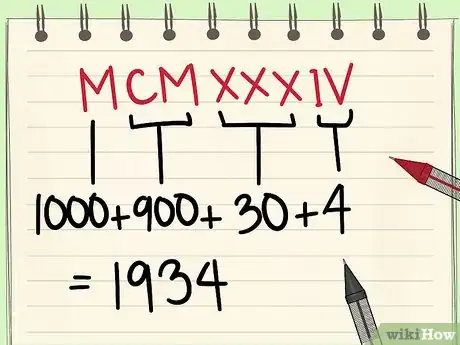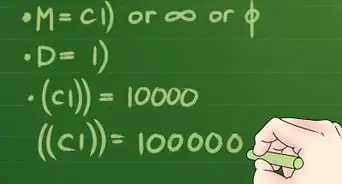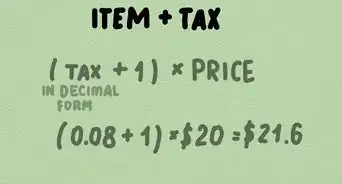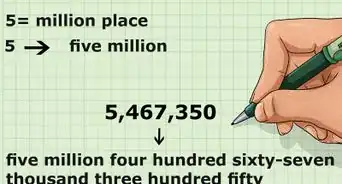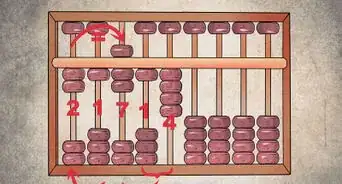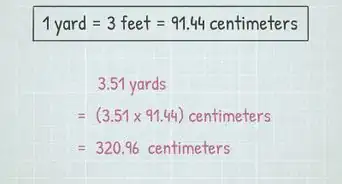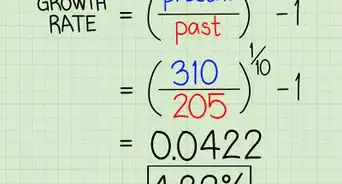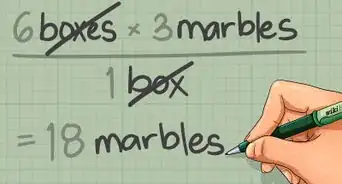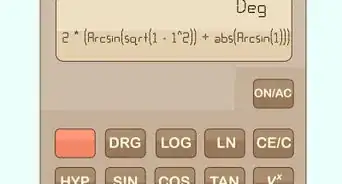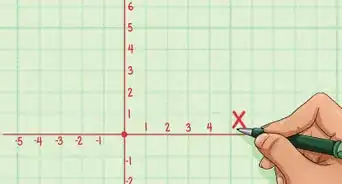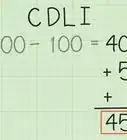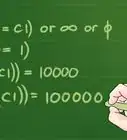This article was co-authored by wikiHow Staff. Our trained team of editors and researchers validate articles for accuracy and comprehensiveness. wikiHow's Content Management Team carefully monitors the work from our editorial staff to ensure that each article is backed by trusted research and meets our high quality standards.
wikiHow marks an article as reader-approved once it receives enough positive feedback. In this case, 88% of readers who voted found the article helpful, earning it our reader-approved status.
This article has been viewed 84,909 times.
Learn more...
Roman numerals are numbers in a system.[1] Surely everyone knows that I is 1, II is 2, and III is 3, but do they know that V is 5, or that X is 10? If you don't know that and the numbers that follow, and would like to know, read on! It will definitely help you when looking at copyright dates of books published in MCMXXXIV (1934) or to understand that the book on the Statue of Liberty bears a label MDCCLXXVI (1776)!
Steps
-
1Understand the concept of Roman numerals. Roman numerals use fewer symbols than the number system you are used to. I is the number 1 (one), V is 5 (five), and X is 10 (ten), for example. Counting starts out as easy as I (one), II (two), III (three). But for the next one, write IV for "one away from five" (I away from V), which is four.[2] This pattern continues with V (five), VI (five + one = six), VII (seven), VIII (eight), then IX ("one away from ten" = nine), X (ten). This may sound confusing, but you'll get the hang of it, Take a look at Roman numerals from 1 to 20:I II III IV V VI VII VIII IX X XI XII XIII XIV XV XVI XVII XVIII XIX XX
-
2Learn the values. As you may know, the Roman numbering system is based on letters rather than a whole new alphabet for numbers.[3]
- I 1
- V 5
- X 10
- L 50
- C 100
- D 500
- M 1000
Advertisement -
3Put them together. The concept in step 1 is actually quite basic. That pattern repeats continuously throughout the system, no matter how great a number may be.[4] For example:
- From 40 to 50:
XL XLI XLII XLIII XLIV XLV XLVI XLVIII XLIX L - From 100 to 110:
C CI CII CIII CIV CV CVI CVII CVIII CIX CX - By hundreds, from 100 to 1000:
C CC CCC CD D DC DCC DCCC CM M
- From 40 to 50:
-
4Learn the special rules for 4000 and above. There is no character representing 5000, so there are 3 ways to do this.
- The Romans themselves just wrote MMMM for 4000.[5]
- To be faster, write the Roman numeral value for 4 in parentheses like so: (IV)
- Finally, a bar could be drawn above the number rather than putting the number in parentheses.
-
5Understand how to break up a number to read it. After understanding how the individual numbers are written, it is easy to understand how MCMXXXIV (used as an example in the introduction) means 1934. To get MCMXXXIV, simply add: MCM (1900) + XXX (30) + IV (4). To get MDCCLXXVI (1776), simply add: MDCC (1700) + LXX (70) + VI (6).
Community Q&A
-
QuestionHow would you write one-million in Roman numerals?
 DonaganTop AnswererM indicates one-thousand in Roman numerals, so you might try writing "MMMMMMMMMM" for one-million. A quicker way to write the same thing would be "(X)M" or "M" with a line drawn above it.
DonaganTop AnswererM indicates one-thousand in Roman numerals, so you might try writing "MMMMMMMMMM" for one-million. A quicker way to write the same thing would be "(X)M" or "M" with a line drawn above it. -
QuestionWhat is 147 in roman numerals?
 DonaganTop Answerer100 is C. 40 is XL. 7 is VII. 147 is CXLVII.
DonaganTop Answerer100 is C. 40 is XL. 7 is VII. 147 is CXLVII. -
QuestionWhat is 67 in Roman numerals?
 DonaganTop AnswererLXVII.
DonaganTop AnswererLXVII.
References
- ↑ http://mathworld.wolfram.com/RomanNumerals.html
- ↑ https://www.math-only-math.com/rules-for-formation-of-roman-numerals.html
- ↑ https://www.theschoolrun.com/what-are-roman-numerals
- ↑ https://www.knowtheromans.co.uk/Categories/SubCatagories/RomanNumerals/
- ↑ https://www.tuomas.salste.net/doc/roman/numeri-romani-learn.html
About This Article
When using Roman numerals, certain letters stand for specific numbers. For instance, I is 1, V is 5, and X is 10. If you put two or more of the same letter together, then you add those numbers together. For instance, II is 2 and XX is 20. If you put a smaller number after a larger number, you add the smaller number to the larger, so VI is 6 XI is 11. However, if you have a smaller number before a larger number, you subtract the smaller digit. Therefore, IV stands for 4, and IX is 9. To learn the letters representing larger numbers, like 50, 100, and 500, read on!
